Adaptive Headlights Becoming Legal in United States

On Tuesday, the National Highway Traffic Safety Administration (NHTSA) announced it had finalized a rule permitting automakers to install adaptive driving beam headlights on modern vehicles. Despite having pioneered automatic headlamps in the 1950s, the United States has been hesitant to implement automatic leveling and directional beams. In fact, imported vehicles equipped with adaptive headlights have been modified to adhere to regional safety laws for decades.
But the implementation of light-emitting diodes, high-intensity discharge lamps, and even upgrades to tungsten-halogen bulbs has made forward illumination substantially brighter. If you’ve been driving a while, you’ve probably noticed increased glare from oncoming vehicles (especially if you’re in an automobile that’s situated closer to the pavement). Directional beams are supposed to help alleviate the problem and have been getting more attention from U.S. safety regulators. However, that’s only part of the reason why the NHTSA suddenly feels better about approving them.
Automakers have long been annoyed by the regulatory disparities in the United States. Toyota Motor North America even launched a petition to get the government to start allowing adaptive headlamps back in 2013 and the NHTSA makes clear mention of it being a relevant factor in its report. The Alliance for Automotive Innovation (AAI), a lobbying group that represents most global automakers, likewise urged the agency to expedite a final rule approving the technology in U.S. products last October.
“[The AAI] has supported NHTSA’s efforts on the adaptive driving beam rule-making and has actively participated in the rule-making process through public comment,” John Bozzella, CEO of the alliance stated. “Research shows the safety benefits of this technology, which can help provide enhanced down-road visibility without increasing glare to oncoming vehicles.”
While there has been talk about revising federal safety standards for years, not much real change has taken place. During the Trump administration, the Department of Transportation suggested a need to revise rules to cater to modern cars and inform the development of autonomous vehicles. But legislators lacked knowledge on the latter issue and automakers had overhyped the technology — resulting in the U.S. retaining the older standards while allowing AVs to exist on the fringes.
Meanwhile, adaptive headlamps are comparatively straightforward and have been around long enough on other markets for regulators to make more informed decisions. But we cannot discount the external pressure from businesses. Automakers don’t want to continue having to swap out headlight assemblies between markets and insurers are becoming interested in working headlight efficacy into premiums. The Insurance Institute for Highway Safety (IIHS) even made forward illumination one of its biggest priorities several years ago, embracing newer technologies not used in the U.S. while cautioning against the dangers of oncoming glare.
Though the lynchpin is Federal Motor Vehicle Safety Standard 108 (pertaining to automotive lighting), which has to be changed before directional beams would be legally permissible.
Provisions contained in the Infrastructure, Investment and Jobs Act (IIJA), passed by Congress in 2021, require numerous changes to Federal Motor Vehicle Safety Standards. Among them was an inclusion to adopt new headlight standards using requirements set by SAE International. Interestingly, the vote on IIJA came roughly a month after Alliance for Automotive Innovation started pressuring the United States to tweak its federal safety standards. Although the NHTSA originally published a notice that it wanted to update the rules way back in 2018.
Despite your author typically finding regulatory actions overbearing and counterproductive, changing a rule that effectively bans modern headlight systems isn’t going to create many sleepless nights. The only real downside to adaptive beams is that they’ll be harder for do-it-yourself repairs and cost substantially more. It also means more sensors going into newer automobiles so that the car knows where to direct the lights. But if you’re worried about that kind of stuff, your concerns might be better directed at manufacturers’ latest data-harvesting and driver-monitoring protocols.
Steven Cliff, the NHTSA’s deputy administrator, said the agency is making the change for headlights to improve safety and protect vulnerable road users, specifically pedestrians. Though it seems like the updated rules would benefit other motorists with more regularity by eliminating glare.
“NHTSA prioritizes the safety of everyone on our nation’s roads, whether they are inside or outside a vehicle. New technologies can help advance that mission,” Cliff said in a statement. “NHTSA is issuing this final rule to help improve safety and protect vulnerable road users.”
While this officially confirms that the U.S. will eventually allow adaptive headlamps, the surrounding regulations have to be finalized. We won’t actually know what that’ll entail for another two years. The law only directs the agency to issue a finalized rule within two years amending Federal Motor Vehicle Safety Standard 108 and the clock started ticking this month.
[Image: Elena Elisseeva/Shutterstock]

A staunch consumer advocate tracking industry trends and regulation. Before joining TTAC, Matt spent a decade working for marketing and research firms based in NYC. Clients included several of the world’s largest automakers, global tire brands, and aftermarket part suppliers. Dissatisfied with the corporate world and resentful of having to wear suits everyday, he pivoted to writing about cars. Since then, that man has become an ardent supporter of the right-to-repair movement, been interviewed on the auto industry by national radio broadcasts, driven more rental cars than anyone ever should, participated in amateur rallying events, and received the requisite minimum training as sanctioned by the SCCA. Handy with a wrench, Matt grew up surrounded by Detroit auto workers and managed to get a pizza delivery job before he was legally eligible. He later found himself driving box trucks through Manhattan, guaranteeing future sympathy for actual truckers. He continues to conduct research pertaining to the automotive sector as an independent contractor and has since moved back to his native Michigan, closer to where the cars are born. A contrarian, Matt claims to prefer understeer — stating that front and all-wheel drive vehicles cater best to his driving style.
More by Matt Posky
Latest Car Reviews
Read moreLatest Product Reviews
Read moreRecent Comments
- Lou_BC Well, I'd be impressed if this was in a ZR2. LOL
- Lou_BC This is my shocked face 😲 Hope formatting doesn't fook this up LOL
- Lou_BC Junior? Would that be a Beta Romeo?
- Lou_BC Gotta fix that formatting problem. What a pile of bullsh!t. Are longer posts costing TTAC money? FOOK
- Lou_BC 1.Honda: 6,334,825 vehicles potentially affected2.Ford: 6,152,6143.Kia America: 3,110,4474.Chrysler: 2,732,3985.General Motors: 2,021,0336.Nissan North America: 1,804,4437.Mercedes-Benz USA: 478,1738.Volkswagen Group of America: 453,7639.BMW of North America: 340,24910.Daimler Trucks North America: 261,959



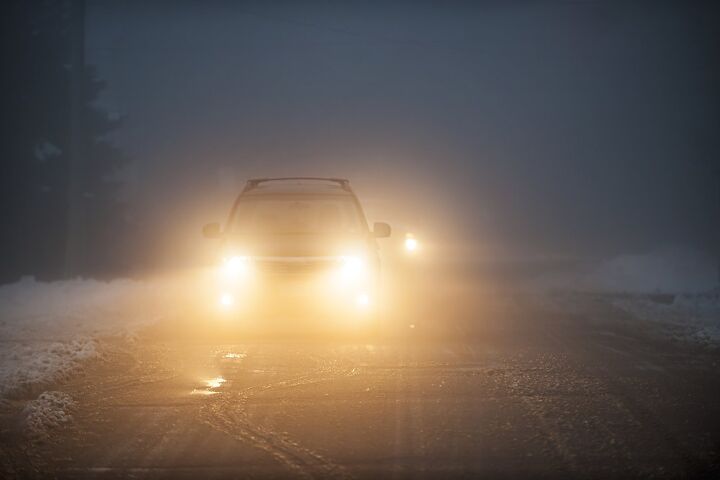















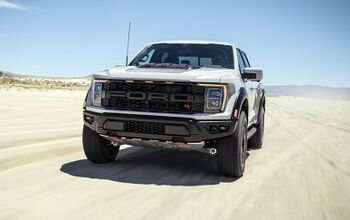




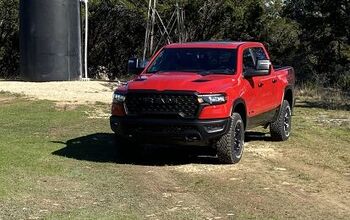


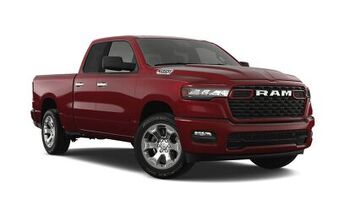


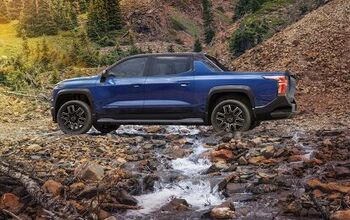



Comments
Join the conversation
One simple change that would yield tremendous benefits going forward is to not allow headlights to use plastic that yellows or otherwise deteriorates over time. It doesn't just make lights dimmer, it also increases glare for other drivers. The same is true of having dirty headlights. I know some places require washers on headlights and it seems like having the lights cleaned when the windshield washers are activated would only be sensible. On the other hand, every additional thing that is mandated makes cars more expensive and harder to maintain. The plastic thing should definitely happen though. Why hasn't it?
I'm really confused. My 2018 Mazda 6 has adaptive headlights that auto leveland aims around turns.